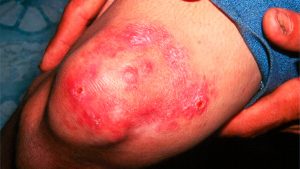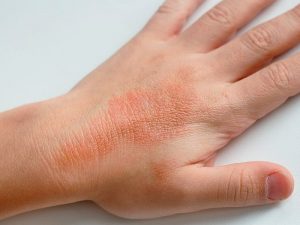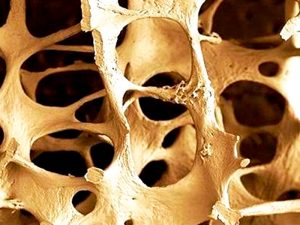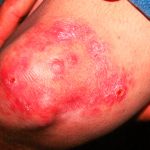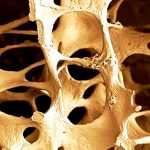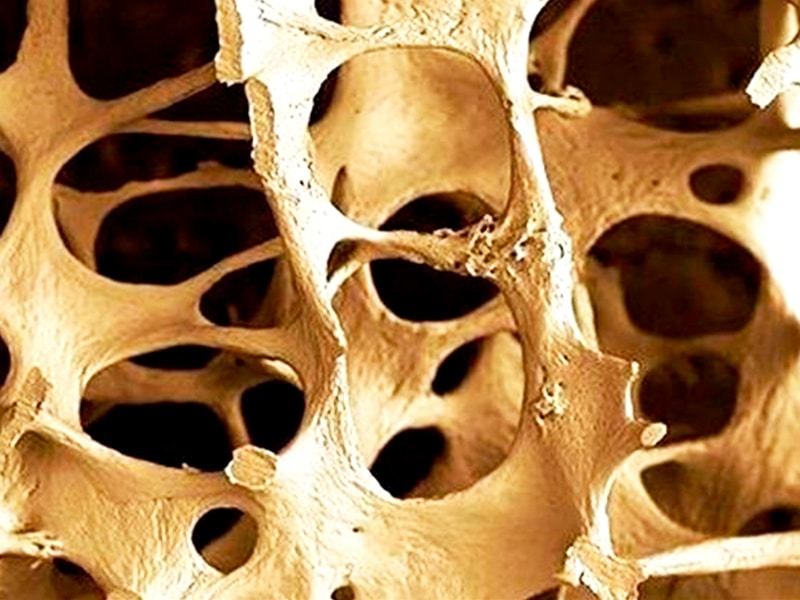Arteries are blood vessels responsible for transporting oxygen-rich blood to the heart and other parts of the body. When plaque builds up in the internal coatings, they become blocked and arteriosclerosis occurs. Plaque is a sticky substance found in the blood and is made up of fat, cholesterol, calcium and other elements. Over time, the plaque hardens and narrows arteries, making them less flexible.
Additionally, clots can form, blocking blood flow. Fragments of plaque can be also become detached, move to other smaller vessels and cut off the passage of blood and oxygen.
Arteriosclerosis is a disease that can lead to death. Specialists recommend that at-risk people have a checkup when 20 years old for early detection. People with no risk factors for arteriosclerosis should be tested at 35 years in men and 45 years in women.
This condition affects all types of arteries, large and medium, coronary, carotid and cerebral arteries, the aorta and its branches, as well as the main arteries of the limbs. Arteriosclerosis is the leading cause of morbidity and mortality in the United States and most developed countries. In 2008, it produced almost 812,000 deaths in the US, more than cancer and seven times more than traumatic injuries.
Prevalence increases rapidly in developing countries. It is believed that by 2020, arteriosclerosis will be the leading cause of death worldwide.
Defining Arteriosclerosis
It is a chronic disease characterized by abnormal thickening and hardening of the arterial walls, with resulting loss of elasticity. Arteriosclerosis can occur because of fatty deposits in the inner lining of arteries, calcification of arteries’ walls, or thickening of arteries’ muscular walls because of chronically elevated blood pressure (hypertension).
Arteriosclerosis Causes
Specific causes are unknown, but its development is a slow and complex process that can start in childhood and advance more quickly with years. Risk factors that damage the inner layers of the arteries include:
- Smoking: This habit can narrow blood vessels, raise cholesterol levels and blood pressure. Also, not enough oxygen reaches body tissues.
- Protein C deficiency: Protein that prevents coagulation.
- High cholesterol and triglyceride levels: This means having a high concentration of LDL, or bad cholesterol, in the blood, a consequence of poor diet and foods prepared with a high percentage of saturated fats.
- High blood pressure: When it remains at 140/90 mmHg or higher for an extended period. But, if you have diabetes or chronic kidney disease, when high blood pressure is at 130/80 or higher.
- Obesity: Body weight higher than healthy for a given stature.
- Sedentary lifestyle: Low physical activity can worsen other risk factors such as unhealthy cholesterol levels, high blood pressure and being overweight.
- Old age: As a person ages there are genetic or lifestyle factors that can cause plaque deposits in the arteries.
- Family history: Risk of arteriosclerosis increases if a father or brother is diagnosed with coronary disease before age 55, or a mother or sister is diagnosed before age 65.
- Diabetes: Oxidative stress and synthesized reactive radicals in this disease damage the endothelium and promote atherogenesis.
- Renal insufficiency: It aggravates arterial hypertension and insulin resistance, promoting the development of arteriosclerosis.
- Other causes: Stress, lack of sleep and unhealthy habits such as excessive alcohol consumption.
Coronary arteriosclerosis often occurs after a heart transplant immunological because of endothelial injury and after thoracic radiation therapy because of endothelial radiation injury.
Arteriosclerosis Symptoms
At the beginning stage of the disease, symptoms are not visible and do not begin to appear until blockages in the arteries are so severe that insufficient blood is supplied to organs. Symptoms of moderate to severe arteriosclerosis depend on which arteries are affected. For example:
Coronary arteries: These carry oxygen-rich blood to the heart. When plaque narrows or blocks the arteries chest pain or pressure (angina) can occur. Pain can also be felt in the shoulders, arms, neck, jaw and back. Other symptoms may include breathing difficulty and heart arrhythmias.
Carotid arteries: They carry blood to the brain. If they are blocked or narrowed, symptoms of a stroke appear:
- Sudden weakness.
- Paralysis or numbness of the face.
- Sudden numbness or weakness in the arms or legs.
- Confusion.
- Babbling or difficulty speaking.
- Temporary loss of vision in one eye or both.
- Dizziness, difficulty walking and lack of balance.
- Trouble breathing.
- Loss of memory.
- Severe and sudden headache.
Peripheral arteries: Plaque deposits also form in the arteries that carry blood to the legs, arms and pelvis and may present pain in the legs when walking (claudication), numbness of the extremities and dangerous infections.
Renal arteries: These carry oxygen-rich blood to the kidneys. Over time, blockage of these arteries causes high blood pressure or kidney failure.
Heart Disease Due to Arteriosclerosis
Arteriosclerosis is a disease capable of reaching the heart by obstructing or blocking arteries that carry oxygen-rich blood to the heart muscle, resulting in heart failure or diseases in the coronary arteries, heart attacks and chest angina.
Coronary artery disease (CAD) develops over a long period. Diagnosis is made using various tests such as an electrocardiogram or a stress test. Treatment for CAD includes lifestyle changes, medications and, sometimes, cardiac procedures or surgery.
Arteriosclerosis Treatment
Treatment depends on several factors, such as age, health status and the condition’s location, but usually the process to treat the disease is:
- Modification of habits: Reduce cholesterol, stop smoking, and exercise more.
- Medications such as anticoagulants or antiplatelet drugs to reduce the adhesion capacity of plaque. Medications may also be prescribed to lower blood pressure and cholesterol.
- Surgical treatments such as angioplasty, which opens obstructed arteries, or a coronary artery bypass for patients who have angina.
Arteriosclerosis and Thrombosis
This is a chronic degenerative disease caused by multiple factors and characterized by the accumulation of thrombus. Thrombosis occurs when blood clots (thrombus) obstruct veins or arteries, making it difficult for or blocking normal blood flow. There are different types of thrombosis:
- Coronary thrombosis: The most common cause of heart attacks, it is caused by obstruction of a coronary artery by a thrombus.
- Cerebral thrombosis: The leading cause of paralysis and stroke. This happens when one of the arteries that supplies blood to the brain narrows.
- Thrombophlebitis: The primary cause of edema; caused by obstruction due to thrombus in the arteries. It usually occurs in the lower limbs.
- Thrombosis of deep veins: Leads to complications such as pulmonary embolism; this condition occurs when a thrombus is in an internal or deep vein.
Technological Advances in Vascular Biology
In recent years there have been remarkable advances in vascular biology. They allow a better understanding of the mechanisms that lead to the development of plaque inside arteries. Alterations of the vascular wall, thrombosis and plasma lipoproteins have been identified as the triad of mediators involved in the formation of injuries.
There are scientific advances in two areas to mitigate vascular diseases, mainly:
- Elastin: A protein considered a fundamental part of arterial walls; defects in this protein are related to cardiovascular problems. There are studies about its physicochemical properties, since a better understanding of this molecule may allow the design of new therapies for the treatment of related diseases.
- Vascular therapy: The latest scientific advances in vascular therapy indicate that it is possible to effectively stimulate limited or deteriorated microcirculation by electromagnetic stimulation mechanisms.


